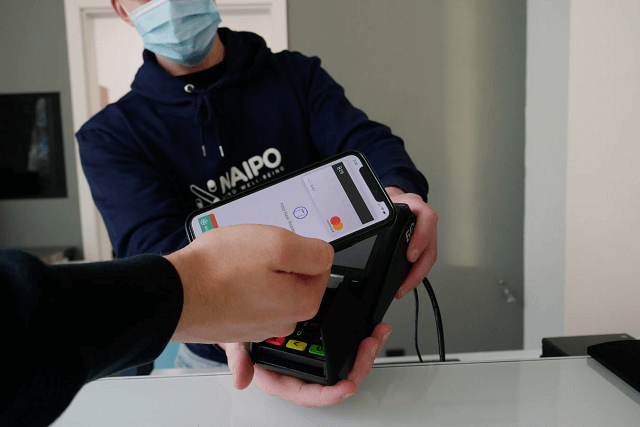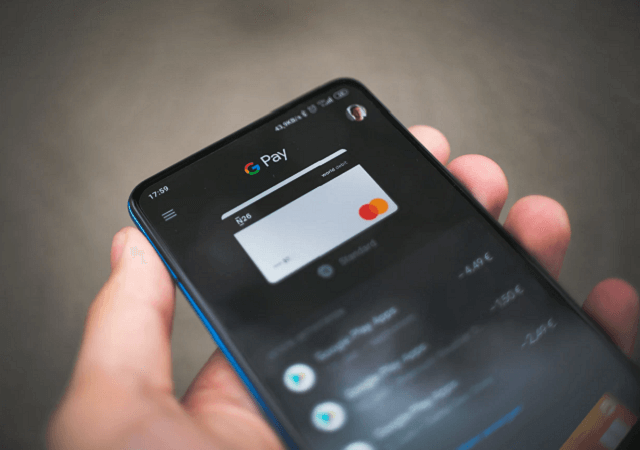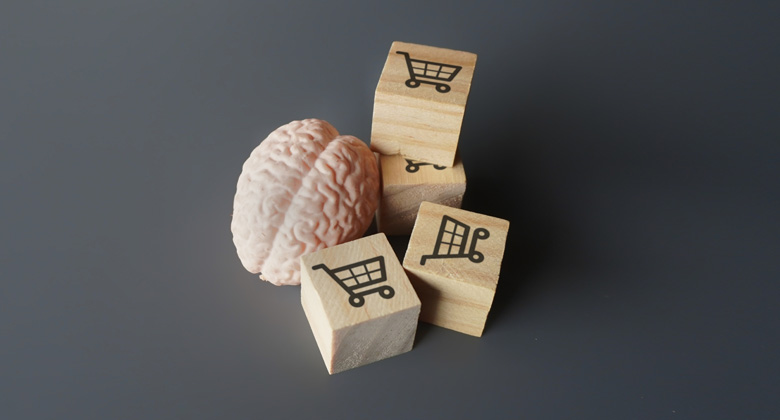Touchless Future: How To Create Memorable Online Customer Experience
Customer experience for the next normal will be centred around a touchless future. The trend toward touchless technology and a contactless customer experience has been coming for as long as anyone can remember. However, the impact of COVID-19 on the contactless customer experience is now accelerating at a rapid rate. So much so that recent studies have found that 77% of consumers now expect to increase their use of touchless technologies during the pandemic, with 62% saying they will continue to do so even after it ends. No matter what you think, touchless experiences in the new normal will be a major factor in how customers and brands interact.
Marketers will already have been trying to find ways to deliver great customer experiences before this crisis began, however since the outset of the pandemic, this emphasis has not only been made harder, but also more important. This will need to extend across all channels and incorporate a variety of emerging technologies, such as voice, video and augmented reality in order to be effective, as well as sustainable.
Companies need to focus on their customer experience for the next normal, looking to encourage interactions between themselves and consumers, while still being mindful of COVID-19 restrictions and an altered user mindset. This shift to more touchless experiences may be challenging, but it also offers marketers and brands a great opportunity to be innovative, generate conversions and clarify your brand identity to customers across all channels. Here is everything you need to know about customer centric experience in the touchless future.

What Consumers Expect From Brands
Given everything that’s happened in the last few months regarding the Coronavirus, and the somewhat unclear future to come, understanding how customer expectations have changed and what their new expectations are is key to survival. When it comes to their interactions with you, these expectations centre around to areas, physical and digital.
Health and safety will obviously be your customer’s first concern. Obviously, if customers don’t feel safe, they won’t come to your place of business, let alone engage with your employees. Despite this, customers are willing to accept changes to the normal way of operating if it means a higher priority is placed on their safety, some of which they wouldn’t have tolerated prior to the pandemic. This could be being made to wait in lines outside stores during busy hours to reduce the chance of them coming into close contact with other customers while many who may have been previously unwilling to utilise features like click and collect, touchless checkout, and cashless purchases will now prefer this option to be available to them.
When it comes to reducing physical interactions, many customers have now moved to online shopping and eCommerce, meaning your business needs to do the same. Think about how new customer expectations might be relevant for your business and how you can increase digital engagement and online channels to give your growing audience what they want. As a business owner, you will need to determine what your brand needs to do to enter the collective consciousness of customers and one of these ways is through the online experience you provide.

How Online Customer Experience Can Help
People are more physically distanced these days due to COVID-19, so marketers need to find ways to drive safe, meaningful and productive connections with them despite the current limitations. Fortunately there are now a variety of tools at a company’s disposal to do so that incorporate a wide range of new technologies. This can include everything from chatbots, artificial intelligence, and machine learning to help automate processes to streamlining the entire process of making a purchase from start to finish online, starting with mobile platforms.
A huge swathe of online sales will take place on a mobile device this year, and into the next one too. With more shoppers moving to mobile, eCommerce merchants need to ensure their listings and product images are optimized for mobile devices or have a mobile app which is entirely dedicated to handling these processes, offering a much easier, higher quality of service to their customers. Think ASOS and their shopping app.
This approach can also be used to prioritise contactless transactions which has seen an added importance regarding reducing the spread of the virus this year. Recent surveys found that one in six people made their first contactless transaction and nearly a third of consumers increased use of contactless payments during pandemic. This is something that needs to be emphasised, both on your online platforms as well as in your physical store location. Simplifying and streamlining the overall checkout process online is a must for your business.
This means you need to consider enabling guest checkouts whereby a customer can purchase from you without needing to create an account, while also offering and providing convenient customer support through live chatbots. Having a save cart feature will also help, as this will provide a positive eCommerce customer experience across separate devices as many consumers will bounce between platforms before purchasing so your online set up needs to account for this. Focus on making the process easy, even look at incorporating Instagram’s new shopping feature or Facebook Shop which have proven revolutionary due to the ease with which consumers can make a purchase.
Chatbots can also help you promote an instantaneous, more personal experience for your customers which lets them feel heard and appreciated. A useful way to do this online is through personalisation. However, this needs to be done in a specific way, simply using someone’s first name in a mass email or following people around the internet with the same advert will do more harm than good. It’s important to install frequency caps and burn codes on your retargeting campaigns to help control the automatic targeting that takes place, while specific emails that outline curated products lists based on their previous purchases, updates regarding sales or discounts, and cart abandonment alerts will all be beneficial. It’s important to remember online that mass personalisation has its limits and once breached, you’ve lost that customer forever.
Personalisation isn’t about letting people know that you’re creating an experience just for them. It’s about making things easier for customers. This is what modern day consumers expect, especially in the wake of the pandemic.
Final Thoughts
Developing outstanding connected experiences and highlighting merchandising in marketing through your organisation’s platforms is critical to your success in the new normal. To do so, you need to focus on what the new customer expectations are and consider the implications these will have on your platforms moving forward. Both in terms of replacing physical structures within your stores with a more COVID-19-friendly, mobile-phone-based, ordering-and-scheduled-pickup approach. As well as this, it’s key to focus on the online experience that you offer to consumers due to their increased comfort in the platforms moving forward. Creating memorable experiences will involve a touchless future, from purchases to interactions, it’s key to form intimate, tightly knit bonds with consumers, despite the inherent physical separation at the minute.
Subscribe To Us
Contributors
Categories
Subscribe To Us
Contributors
Categories

This website uses cookies so that we can provide you with the best user experience possible. Cookie information is stored in your browser and performs functions such as recognising you when you return to our website and helping our team to understand which sections of the website you find most interesting and useful. Third party cookies such as Google Analytics is also used on this site to provide analytics in order to better understand the user engagement on our site.
You can adjust all of your cookie settings by navigating the tabs on the left hand side.
Strictly Necessary Cookie should be enabled at all times so that we can save your preferences for cookie settings.
If you disable this cookie, we will not be able to save your preferences. This means that every time you visit this website you will need to enable or disable cookies again.







0.Comments